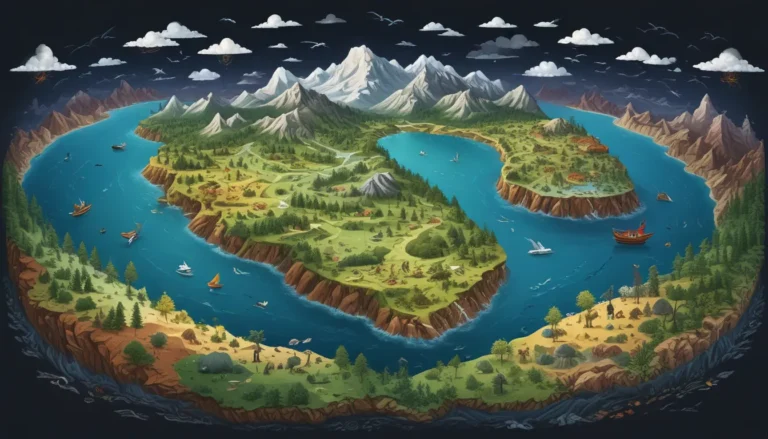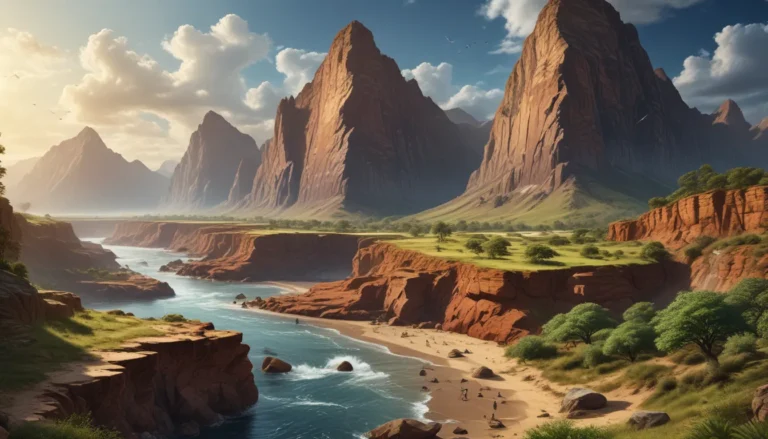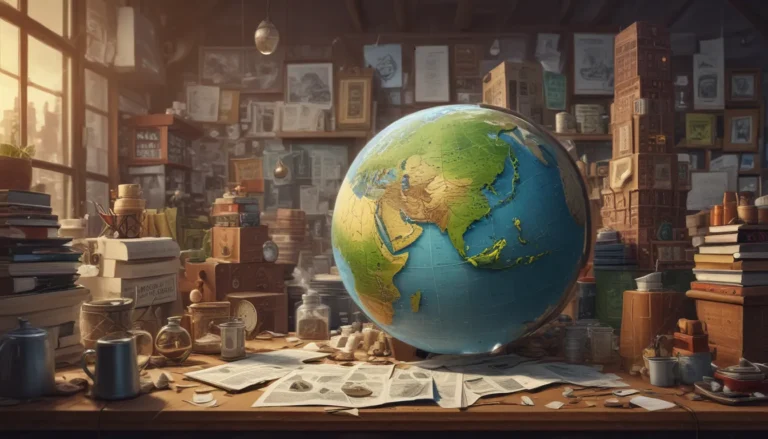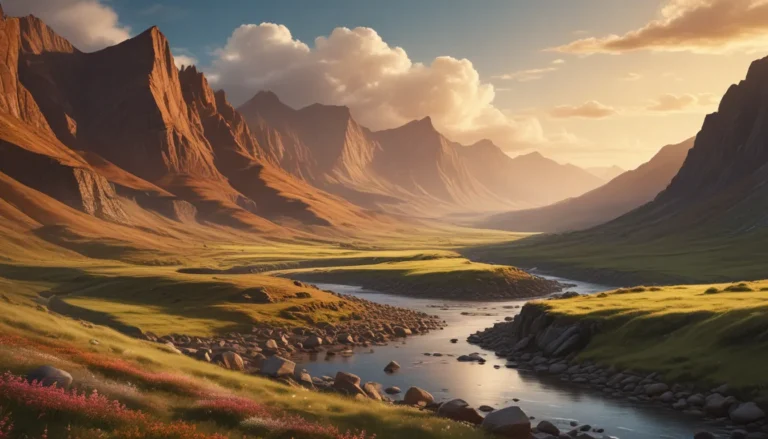A Note About Images: The images used in our articles are for illustration purposes only and may not exactly match the content. They are meant to engage readers, but the text should be relied upon for accurate information.
Habitats are the intricate tapestries of life that support a myriad of species, creating a harmonious balance in the natural world. From the towering rainforests to the depths of the ocean, habitats provide a unique environment where plants, animals, and microorganisms thrive in symbiosis. In this article, we will delve into 18 fascinating facts about habitats that will deepen your understanding and appreciation for the diverse ecosystems that exist on our planet.
Habitats: Diverse Ecosystems Supporting Life
Habitats are not restricted to specific regions but can be found in a wide range of ecosystems spanning the globe. From the lush rainforests teeming with life to the vast deserts where resilient species flourish, habitats provide homes for countless organisms, each playing a vital role in the intricate web of life.
The Heart of Biodiversity: Habitats as Hubs of Life
The incredible biodiversity we see today is a direct result of the variety of habitats that exist on Earth. Each habitat supports a unique array of species, contributing to the richness and complexity of life on our planet.
Adapting to Change: The Resilience of Habitats
Habitats are not static entities but constantly evolving and adapting to changing environmental conditions. Natural disasters, climate change, and human activities can have profound impacts on habitats, leading to shifts in species composition and overall structure.
The Interconnected World of Habitats
Habitats are interconnected through a complex network of ecological processes. What happens in one habitat can have far-reaching effects on others, highlighting the delicate balance that exists within the natural world.
Protecting Our Precious Habitats: Conservation Efforts
Human activities such as deforestation, urbanization, and pollution pose significant threats to habitats, resulting in habitat loss and endangering countless species. Conservation organizations and initiatives play a crucial role in protecting habitats and preserving the biodiversity they support.
Wetlands: Nature’s Filters and Sanctuaries
Wetlands, including marshes and swamps, are vital habitats that improve water quality and provide essential homes for a diverse array of species. These unique ecosystems play a crucial role in supporting biodiversity and ecosystem services.
Coral Reefs: The Rainforests of the Ocean
Coral reefs are incredibly diverse habitats teeming with marine life and providing valuable resources for coastal communities. These fragile ecosystems are facing threats due to climate change, pollution, and destructive fishing practices, highlighting the importance of conservation efforts.
The Essential Role of Forests in Habitat Conservation
Forests are essential habitats that support a wide variety of plants, animals, and fungi. These biodiverse ecosystems play a crucial role in maintaining the balance of nature and providing valuable resources for both wildlife and humans.
The Influence of Abiotic Factors on Habitats
Abiotic factors such as temperature, rainfall, and soil composition play a pivotal role in shaping habitats and determining the species that can thrive within them. Understanding these factors is essential for effective habitat conservation and management.
Unique Adaptations: Animals Thriving in Their Habitats
Animals have developed a variety of unique adaptations to survive and thrive in their respective habitats. From camouflage to mimicry, these adaptations showcase the incredible diversity and ingenuity of the natural world.
The Value of Habitats to Human Well-Being
Habitats provide essential resources for human well-being, including food, medicine, timber, and other valuable materials. Ensuring the preservation of habitats is not only crucial for wildlife but also for the sustainability of human livelihoods.
Embracing the Diversity of Temporary Habitats
Certain habitats, such as vernal pools and temporary ponds, serve as critical breeding grounds for various species and appear only during specific seasons. These temporary habitats play a vital role in supporting biodiversity and ecosystem health.
Exploring the Extremes: Life in Unexpected Places
Life has found a way to inhabit even the most extreme and seemingly inhospitable environments, from the depths of the ocean to the cracks of rocks. These unexpected habitats showcase the resilience and adaptability of living organisms.
A Call to Action: Protecting and Preserving Habitats
Understanding and appreciating the unique features of different habitats is the first step towards their preservation. By valuing and protecting habitats, we can contribute to the continued existence of countless species and maintain the delicate balance of nature.
Conclusion: Our Shared Responsibility for Habitat Preservation
In conclusion, habitats play a vital role in sustaining and supporting life on Earth. It is our shared responsibility as inhabitants of this planet to protect and conserve these habitats for future generations. By practicing sustainable living, supporting conservation efforts, and raising awareness about the importance of habitat preservation, we can make a positive impact on safeguarding the natural world.
FAQs: Answering Your Questions on Habitats
-
Why are habitats important?
Habitats are important because they provide homes and resources for various species, maintain the balance of nature, and support biodiversity. -
How do habitats contribute to the environment?
Habitats contribute to the environment by regulating climate, filtering water, preventing soil erosion, and providing habitats for essential species. -
What are some examples of habitats?
Examples of habitats include forests, deserts, grasslands, wetlands, coral reefs, and freshwater ecosystems. -
How can we protect habitats?
We can protect habitats by conserving water, reducing waste, supporting sustainable agriculture, advocating for protected areas, and promoting awareness about habitat preservation. -
What is the impact of habitat destruction?
Habitat destruction leads to loss of biodiversity, increased risk of species extinction, disruption of ecosystems, and negative impacts on the environment and human communities. -
How can individuals make a difference in preserving habitats?
Individuals can make a difference by making sustainable lifestyle choices, supporting conservation organizations, participating in habitat restoration projects, and raising awareness about habitat preservation.
By embracing the wonders of habitats and taking action to protect them, we can ensure a sustainable future for all living beings. Remember, we are not separate from nature; we are an integral part of it. Let us work together to conserve and cherish the diverse ecosystems that make our planet a vibrant and thriving home for all species.






